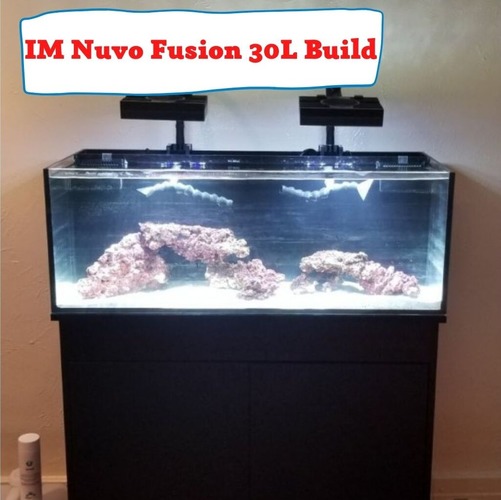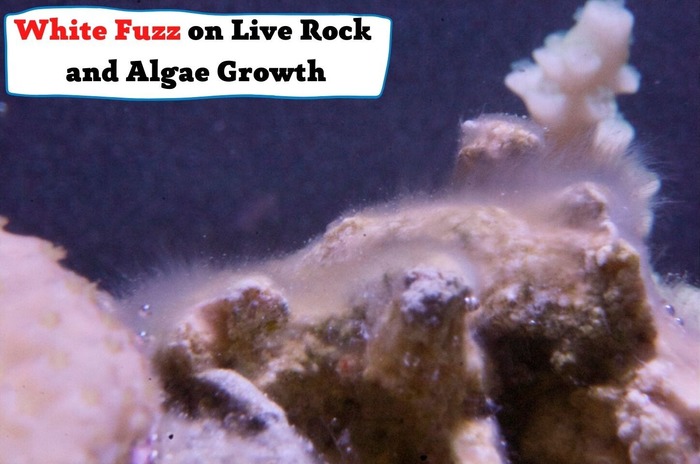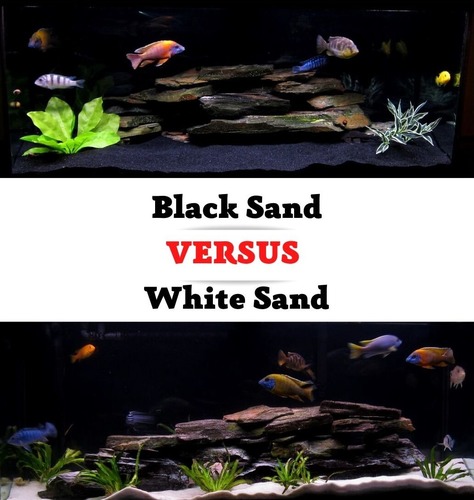Every aquarist’s worst nightmare is waking up the next day to find plants and other decoration items floating in the tank. This can be challenging, especially for a newbie in the hobby who is yet to have experience with the variety of aquarium products on the market.
Many amateurs and even aquarists with some level of experience in the hobby often wonder what aquarium glues are the safest and best for your aquarium.

This piece has a list of aquarium-safe glue for rocks. In this piece, you will also learn about the following in addition to the list of aquarium-safe glue for rocks:
- The types of glue
- Their respective prices
- The features that make them stand out
Read on to find out what is safe enough to work with your aquarium!
Aquarium Safe Glue for Rocks
Whatever glue you use, it is important to know whether the glue will stick to your aquarium and whether it will leach chemicals into your aquarium water. You don’t want your decorations and plants floating in the aquarium, but more importantly, you do not want a glue that will leach chemicals into your aquarium to disrupt your water chemistry.
Perhaps, the most important ingredient in any glue product you want is ethyl cyanoacrylate. In its unaltered form, it is a faint, colorless liquid with a very low resistance to deformation.
Although it is a major component of cyanoacrylate glue, many glue manufacturers may give it a different name in their products.
Apart from cyanoacrylate glue, other aquarium-safe glues are epoxy putty and pure silicon. All these glues are safe for attaching rocks and other aquarium decorations in the aquarium. The general benefits of using these glues are that they are not harmless (as long as you observe the safety rules), cure immediately, and instantly bind the rocks to the aquarium.
Types, Prices, and Features of Aquarium Safe Glue for Rocks
Better known as cyanoacrylate glue, super glue is one of the most common glues in the hobby. It comes in two forms: gel and liquid. While both are different varieties, they work great to bind surfaces in the aquarium.
Aquarists often prefer to use liquid forms to repair cracks in the aquarium glass. The liquid form is great for hiding imperfections and dries pretty fast. The preferred use for the gel forms is gluing items in the tank.
It has low viscosity and can be spread out to bind rocks and other items to the aquarium base or walls.
Here are some great choices, their features, and prices.:
Gorilla Glue Gel
The price for the Gorilla Glue Gel depends on the size. It comes in various sizes, namely the 3g, 15g, 20g, and 25g.
But you can get the 20g pack for about $8.50.
Features:
- It dries pretty fast in about less than a minute. This means you do not have to hold the rock on the aquarium base for long or set an object over it to hold it in place until it sets.
- It does not run like liquid glue. You can set rocks and hides on the vertical walls of the aquarium.
- It is multipurpose. It works with plastic, glass, ceramic, rubber, etc. The benefit of this feature is that if you use an artificial rock in your aquarium, you can be sure that this glue will do the job.
- A bonus benefit of this glue is easy storage. Unlike many other glue products that are difficult to reuse because the cap clogs after the glue dries out, the Gorilla Glue Gel has an anti-clog design. It comes with an anti-clog cap that makes reuse easy.
- Apart from being aquarium safe, it can tolerate changes in temperature.
Reef Glue
It has a reputation as being a superior cyanoacrylate glue. A pack of 1 (about 20g) costs around $13-$14. Other suppliers may offer a lower price, however.
Features:
- One of the best things about Reef Glue is that it will not dry up in the tube. This is because it is manufactured and packed in an aluminum tube. This aluminum tube makes for long-term stability compared to glues packed in plastic.
- It is versatile. You can use it for your freshwater and saltwater aquariums alike. You can use it for repairs in your plastic aquarium too.
- It has a faster bonding time. Reef glue takes only about 20 seconds to bond the two surfaces together. So, you only have to hold the surfaces together for 20 seconds.
- As gel glue, it has a low viscosity. This means it is less runny and can be controlled better than other runny glues on the market.
- It can withstand temperature changes and bond items underwater.
Loctite Super Glue
Loctite Super Glue is a very popular aquarium glue in the hobby. Although it comes in a liquid and gel variety, both are excellent for use in the aquarium. The only difference is their consistency, as the gel form gives more control than the liquid form.
Offers for the liquid variety of the Loctite Super Glue range from $30.05-$64.95, depending on how many are in the pack you are buying. A pack of 2 costs about $30.64, a pack of 3 costs about $46.95.
There is also a bigger pack of 5, which costs about $64.95. Each of these packs contains a 20g bottle of liquid Loctite Super Glue.
The gel form comes in a 4g bottle. Offers start at $21.93 for 1 in a pack and $39.23 for 6 in a pack. Other suppliers may offer a lower price. You may also find other varieties for lower prices.
Features:
- It dries pretty fast, and it holds surfaces better than ordinary adhesive products.
- The liquid variety runs but the gel type does not. You can use the gel variety to attach aquarium decorations to the vertical walls of your aquarium.
- It is multipurpose. It works with various surface types, including plastic, glass, ceramic, rubber, etc. The benefit of this feature is that if you use artificial rocks, plants, or other aquascaping items in your aquarium, you can be sure that this glue will do the job. But remember that the liquid form is runny and offers little control compared to the gel form.
- Another great feature of this aquarium-safe glue is that it is a permanent glue. Once used and allowed to cure fully, it cannot come off. This makes it a great choice, especially for aquarium use, if you have fish species that like to knock aquarium decorations down.
- It can withstand variations and temperature. With Loctite Super Glue, you can be sure that the temperature of your aquarium water will not affect the bonding of the surfaces where you applied the Loctite Super Glue.
There are many other products on the market. There are also other alternatives to super glue like Epoxy and Silicone sealants. But be careful with the products you are using. Not all products are safe enough for aquatic life.
Can I use The Super Glue in the water?
Yes, you can use super glue to hold items in the water. They are pretty water-resistant, but you want to ensure that you do not use them while there is water in the aquarium. Obviously, they would not work well as the water will disturb the bonding.
You want to first drain out the water, work with a dry tank, and leave it to cure fully before adding back your aquarium water.
Although these glues are great for aquarium use, it is the observation of many aquarists that their water resistance does not mean that they will be waterproof for a long time. Even though some brands claim that they will be, only very few product brands are.
You want to pay attention to how effective your aquarium glue is to avoid having your plants and decorations floating in the water any time too soon.
There are also many other alternatives, as was stated earlier, that work better than aquarium glue. Silicone sealants (only go 100% silicone products) work great.
The only trouble with silicone is that you have to wait usually about 24 hours for curing time.
Another great option to try is the glue gun. It has the same consistency as the silicone, but it dries faster. Many DIYers in the hobby also use it often.
Final Thoughts
No hobbyist likes to have an aquarium full of floating decoration items. Not only can the floating decorations harm the fish in the aquarium, but it is also not a good sight to behold. It is therefore very important to have decorations firmly fixed to the aquarium, especially rocks.
Remember that when spawning, fish usually like to lay their eggs on surfaces, including the tops of rocks. You do not want to harm those young babies by having rocks that are not firmly fixed to the aquarium base. Using the right glue will give you a great experience in the hobby.
- Snail Mantle Collapse – Here’s What Every Pet Owner Should Know - April 2, 2023
- Algaefix Killed My Fish – What Have I Done Wrong? - March 2, 2023
- How Long Can Live Rock Be Out of Water? And What Will Happen Then? - February 2, 2023




